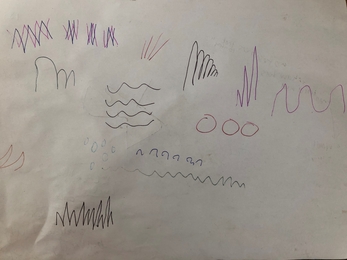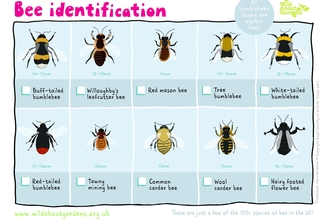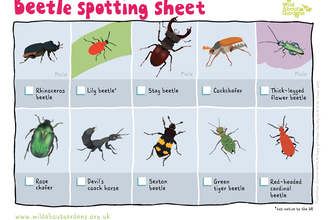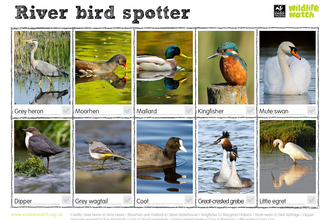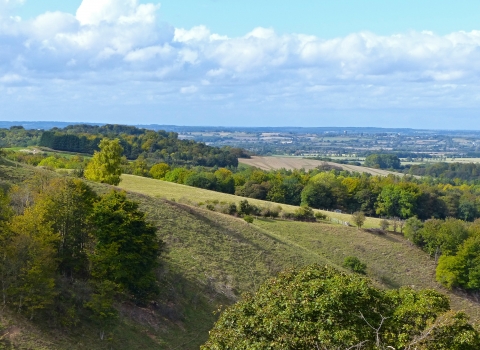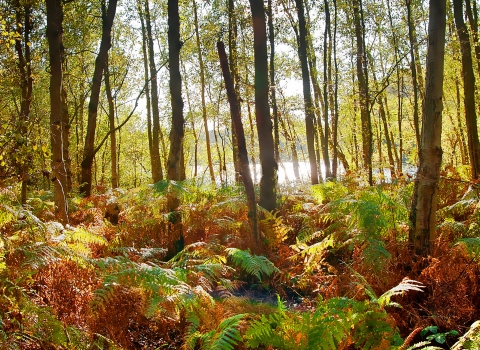Eight year old Elizabeth Woollam has completed her John Muir Discovery Award this year; between April and August she spent time at Brampton Woods looking for wildlife and walking with family and friends for the purposes of the award.
She also learned about John Muir - a Scot who loved nature, moved to America age 11, and later in life helped create the first National Park, took President Roosevelt camping, and is now known as a founding father of Ecology.
Brampton wood is an ancient wood and Site of Special Scientific Interest (SSSI), more than 900 years old and in the Domesday book. It's a great place to see wildlife with plenty of places where trees have fallen for bugs and beetles, creating a food chain because the birds eat the bugs and the birds of prey eat the smaller birds: Elizabeth found 80 different plants and animals.




